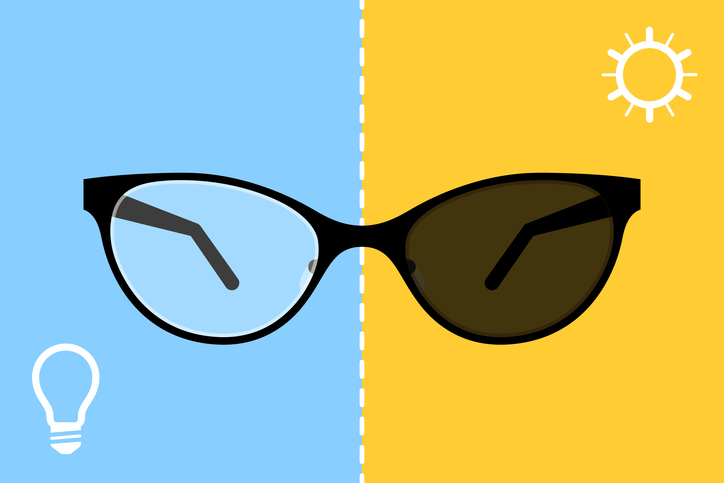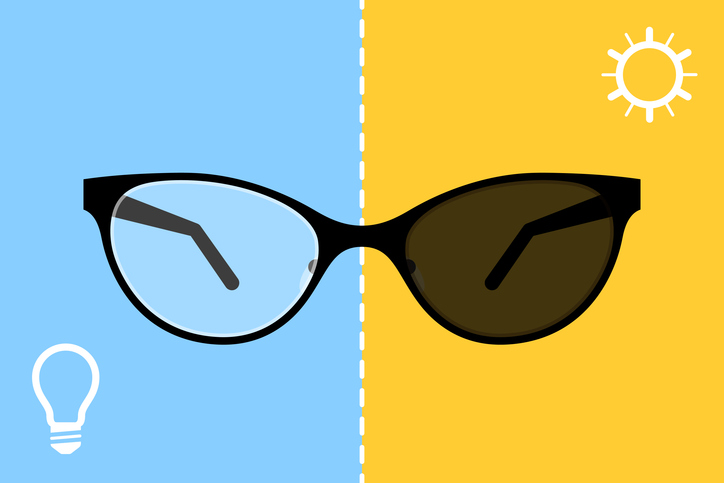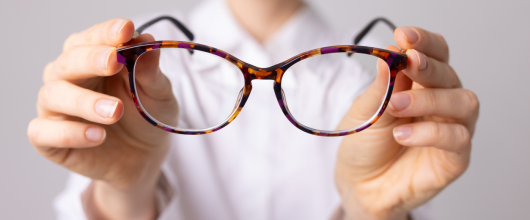Transition lenses, or photochromic lenses as they’re technically known, have revolutionized the way people with prescriptions view the world—quite literally. As an optometry practice dedicated to providing the most advanced and comprehensive eyecare solutions, we at Downtown Eyes delve into the various aspects of transition lenses to help you make an informed decision. Here’s what you need to know about the advantages and disadvantages before opting for them.
Convenience and Versatility
One of the most significant advantages of transition lenses is their convenience. Imagine the ease of not having to switch between prescription sunglasses and your regular eyeglasses every time you move indoors or outdoors. This not only reduces the hassle but also decreases the chances of misplacing your eyewear.
Continuous UV Protection
With transition lenses, you’re always protected from the harmful UV rays of the sun. This automatic protection ensures that your eyes are shielded whether you’re stepping out for a quick errand or spending the day outdoors. It’s a seamless way to ensure eye health over the long term.
Wide Range of Options
Gone are the days when transition lenses were available in limited styles and colors. Today’s technology offers a variety of options to meet nearly everyone’s needs, including shatter-resistant, bifocals, progressives, and more, ensuring that function doesn’t sacrifice style.
Potential Savings
Opting for transition lenses could also mean cost savings. Since they eliminate the need for a separate pair of prescription sunglasses, you can invest in one high-quality pair of glasses that serves dual purposes.
Quality and Adjustment Time
However, not all transition lenses are created equal. The time they take to darken or lighten can vary significantly between brands. This variability could affect performance and satisfaction, emphasizing the importance of selecting a quality product.
Limitations in Specific Scenarios
Transition lenses tend to underperform in certain conditions. For instance, they may not darken sufficiently inside cars, as windshield glass blocks some of the UV rays needed to activate the darkening process. Additionally, in extremely cold weather, the lenses may take longer to adjust.
Lack of Polarization
While transition lenses offer UV protection, most don’t come with polarized options. Polarization is crucial for reducing glare from reflective surfaces, providing comfort and clarity, especially near water or while driving.
Making the Right Choice for Your Lifestyle
Deciding between transition lenses and traditional eyewear options depends on your lifestyle, preferences, and specific needs. While transition lenses offer unparalleled convenience and protection, they might not be ideal for every scenario or individual. It’s essential to weigh the pros and cons in the context of your daily life and eyecare requirements.
Ready to Explore Your Options?
At Downtown Eyes, we’re here to help you navigate the world of transition lenses and all your eyecare needs. Whether you’re considering making the switch to transition lenses or exploring other eyewear solutions, we invite you to consult with our expert team.
Curious about whether transition lenses are right for you? Contact us at (612) 333-3937 (Minneapolis) or (612) 869-1333 (Crosstown-Richfield); you can also fill out our online form to schedule a consultation. We proudly serve the Minneapolis, MN, community and are dedicated to providing personalized eyecare solutions that match your lifestyle and vision requirements.


 Alyssa Garry Barzaga
Alyssa Garry Barzaga
 Alyssa Garry Barzaga
Alyssa Garry Barzaga
 Alyssa Garry Barzaga
Alyssa Garry Barzaga
